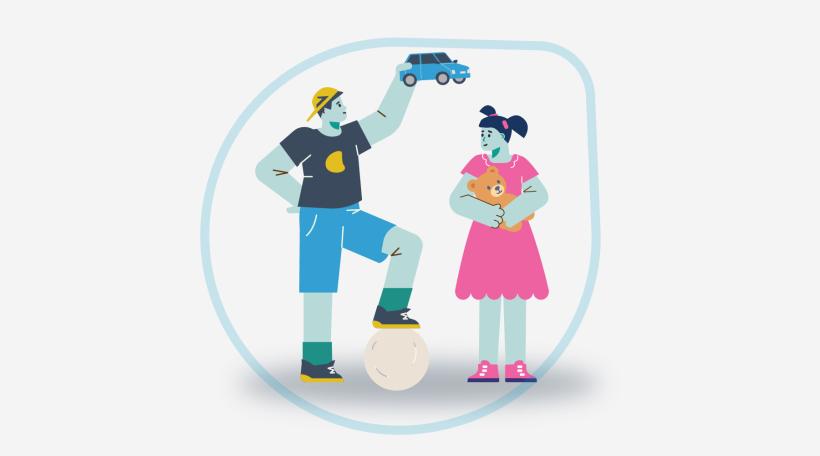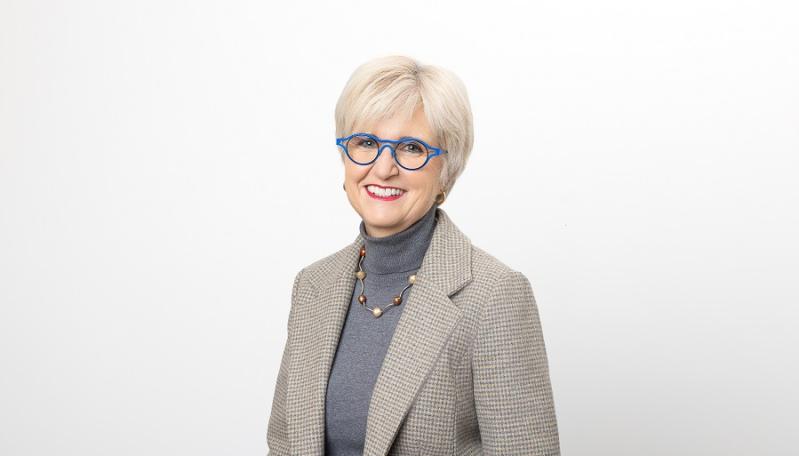How far have we come since a landmark commitment to gender equality was set in 1995 at the Fourth UN World Conference on Women in Beijing, China? One which encompasses the EU’s progress as well as the global context.
Today’s EPSCO Council Conclusions on Advancing Gender Equality in the AI-Driven Digital Age are based on the European Institute for Gender Equality’s Beijing Platform for Action +30 (BPfA) report: ‘Impact Driver: Marking milestones and opportunities for gender equality in the EU’.
The report sheds light on:
- Institutional developments in gender equality at the EU level
- Progress, challenges and opportunities across 12 areas of concern
- Policy pointers for action
“At a time when our progress and values are being challenged in every direction, we must hold tight onto our determination to stay the course and not let anything, or anyone stand in our way,” says EIGE Director Carlien Scheele.
“The Beijing Platform for Action set out a revolution for women’s and girls’ rights and gender equality. Now, in our report, we share concrete and actionable solutions to steer us in troubling times. We address every area of the Beijing Platform for Action to ensure that how we move forward leads to greater social cohesion and stronger economic resilience,” adds Carlien.
What is the Beijing Platform for Action and why is it relevant to the EU?
In September 1995 over 17,000 participants and 30,000 activists from all over the world came together in Beijing China for the Fourth World Conference on Women. They had a single goal: gender equality and the empowerment of women and girls.
At the closing of the conference the representatives of 189 governments agreed on powering up a comprehensive plan to achieve gender equality: the Beijing Platform for Action. The plan outlined steps to improve the lives of women and girls from accessing education, equal pay, participation in decision-making and living a life free from violence.
Thirty years on, we have seen historic achievements for gender equality. In the EU, the last five years alone have seen political milestones covering violence against women, decision-making, work-life balance and pay transparency.
EIGE’s BPfA history
- EIGE first started monitoring the BPfA in 2010.
- Since then, the Agency has done annual reviews of selected critical areas of concern per the EU Council Presidencies.
- Full reviews have been done three times: the 20th, 25th and 30th anniversaries.
- This latest review covers the 2019-2024 period.
- Our evidence and insights inform and guide EU-wide progress towards the achievement of the BPfA’s objectives, ensuring gender equality remains central to addressing Europe’s most pressing challenges.
What are the12 critical areas of concern?
The BPfA serves as a reference framework for eliminating gender inequalities and advancing women’s and girls’ rights across its 12 critical areas of concern.
- Women and Poverty
- Education and Training of Women
- Women and Health
- Violence Against Women
- Women and Armed Conflict
- Women and the Economy
- Women in Power and Decision-Making
- Institutional Mechanisms for the Advancement of Women
- Human Rights of Women
- Women and the Media
- Women and the Environment
- The Girl Child
What’s in the report?
EIGE has conducted a comprehensive overview of each critical area covering legislative developments, data trends, persistent inequalities, and emerging threats, while also highlighting promising practices and opportunities for policy impact.
Here’s a snapshot view of three key findings:
1. Violence Against Women – reducing growing digital threats
- Challenge: Despite the EU’s historic accession to the Istanbul Convention and the adoption of the Directive on Violence against women and domestic violence, cyberviolence (e.g., cyberstalking, online harassment) is rapidly rising. Women, especially young women, the LGBTIQ+ community, and marginalised groups, face escalating digital abuse.
- Opportunity: The enforcement of the Digital Services Act and improved harmonisation of national laws (e.g. consent-based rape definitions, femicide recognition) can catalyse more consistent protections across Member States. Investment in victim support services and better data collection are also key to driving change.
“Thanks to data provided by EIGE for the past decade, we are shocked to see that the prevalence of male violence against women has not changed in 10 years! It’s time to turn data into action and call on all policy makers and political leaders to step up Now!”, says Mary Collins, Secretary General, European Women’s Lobby.
2. Women and the Economy – making the green and digital transition more inclusive
- Challenge: Gender gaps persist in high-growth sectors like ICT and green energy. Women make up only a fifth of the ICT workforce and a minority in climate-critical sectors like energy (25%) and transport (17%). Care responsibilities and workplace cultures hinder retention and progression.
- Opportunity: The EU has introduced progressive legislation (e.g., pay transparency, gender balance on company boards, work-life balance) and launched major initiatives like the European Care Strategy. There’s momentum to advance gender equality in Science, Technology, Engineering and Mathematics (STEM), entrepreneurship, and leadership through targeted investments, quotas, and financial inclusion strategies.
3. Women in Power – how do we turn risks around?
- Challenge: The 2024 European Parliament elections marked the first decline in women’s representation since 1979, dropping to 39%. Anti-gender movements and online abuse are deterring women from political and public roles. In six Member States women make up less than 25% of national parliamentarians.
- Opportunity: We know that Member States with legislative quotas show that structural tools can improve outcomes –also other important measures such as work-life balance polices can accelerate change. Embedding gender parity democracy into law, protecting women in public life, and resourcing civil society can help safeguard and fast track gains.
Why is it so important today?
While the stocktaking exercise happens every five years, this year the sense of urgency is greater. Despite progress in some areas of life, we still face cascading crises the world over.
With unanimous support from all Member States, the BPfA plays a crucial role in shaping the gender equality policies across the EU.
“The report on the implementation of the BPfA produced by EIGE comes in the perfect moment, as we are crafting the new EU Gender Equality Strategy. The data and recommendations from the report serve as a basis for our work and give valuable insight on where we need to improve and how to ensure women and girls are not left behind!” –MEP Marko Vešligaj.
What comes next?
We’ll be unpacking key policy areas covered in the report over the coming months. Stay tuned for updates on each area of concern, as well as deeper dives into specific aspects such as digitalisation, stereotypes, masculinities, and more.




